
Scientists warn extreme sea temperatures could cause a “historic” coral reef die-off around the world over the coming months, following a massive coral bleaching already underway in the North Pacific. Experts said the coral die-off could be the worst in nearly two decades. Reports of severe bleaching have been accumulating in the inbox of the US National Oceanic and Atmospheric Administration’s (NOAA) Coral Reef Watch programme since July. A huge swathe of the Pacific has already been affected, including the Northern Marianas Islands, Guam, the Republic of the Marshall Islands, Hawaii, Kiribati and Florida. Some areas have recorded serious bleaching for the first time.
“On a global scale it’s a major bleaching event. What it may be is the beginning of a historic event,” said Coral Reef Watch coordinator Dr Mark Eakin.
In the Marshall Islands, bleaching of unprecedented severity is suspected to have hit most of the country’s 34 atolls and islands. The Guardian witnessed devastated expanses of coral that look like forests covered with snow.
Warm water will soon begin hitting reefs in the southern Pacific and the Indian Ocean as the seasons and currents shift. Eakin said coral watch modelling predicts bleaching on Australia’s Great Barrier Reef as early as January.
Bleaching is caused by persistent increases in sea surface temperature. Just 1C of warming lasting a week or more can be enough to cause long-term breakdown of reef ecosystems.
The worst coral bleaching event on record is a mass die-off during 1998. A massive El Niño event combined with climate change to raise global sea and air temperatures to never-before-recorded levels and killed around 15% of the world’s corals.
2014 has already surpassed 1998 as the hottest year recorded – with a mild El Niño still predicted in the new year.
Professor Ove Hoegh-Guldberg, a coral reef expert from the University of Queensland, said the current bleaching event was on track to be as bad or worse than 1998.
“Many coral reef scientists are expecting something similar to 1997-98 to unfold in the next six to 12 months.”
Eakin said even under a weak El Niño, bleaching could continue until 2016 – lasting twice as long as the 1998 event. High sea surface temperatures due to climate change are making El Niño a less decisive factor in coral bleaching.








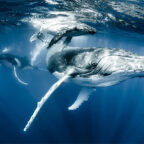
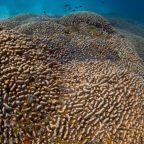
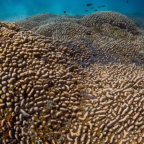
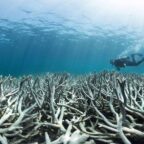
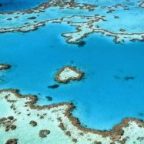

Social Profiles